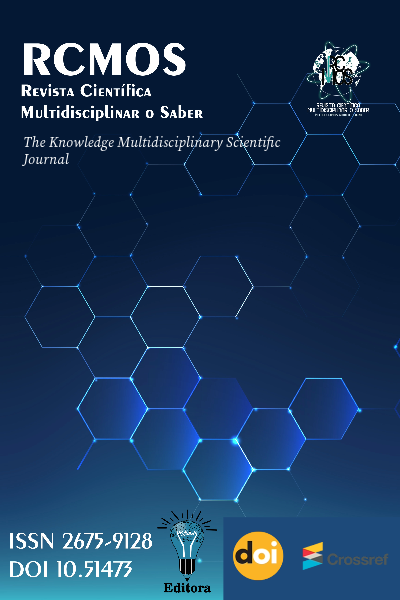Teaching mathematics and inclusion of visually impaired people
DOI:
https://doi.org/10.51473/ed.al.v3i1.475Keywords:
Inclusion, visual impairment, Mathematics, trainingAbstract
This paper discusses the process of inclusion of students with visual disabilities in regular classrooms, for the
teaching of Mathematics. Objective: To refl ect on the importance of teacher training for teaching mathematics
to students with full or partial visual impairment in order to ensure school inclusion. Methodology: This is
bibliographic review, whose scientifi c production survey was conducted of published theses and dissertations
in English without a defi ned period. The surveys were conducted in the database Scielo and the Public Domain.
Regarding data analysis, fi rst you selected the bibliographic material from the previously established parameters.
The next step was the analysis of this information, considering mainly the content of the statements contained
in the selected texts. The data were analyzed based on qualitative procedures in which it was possible to write
an explanatory analysis. Results and discussion: Despite the shortage of materials found in the literature on
the subject, affi rm the importance of teacher training for the teaching of mathematics to visually impaired and
underscore the need for further research, to contribute to the training of mathematics teachers, aimed at training
these to teach a student with visual impairment in their classroom. Final Thoughts: It is necessary to have a
humanized look to the real needs of all students, at all levels of education, so that the participants in the teaching-
learning process are imbued with the same spirit: the construction and development of the human being.












